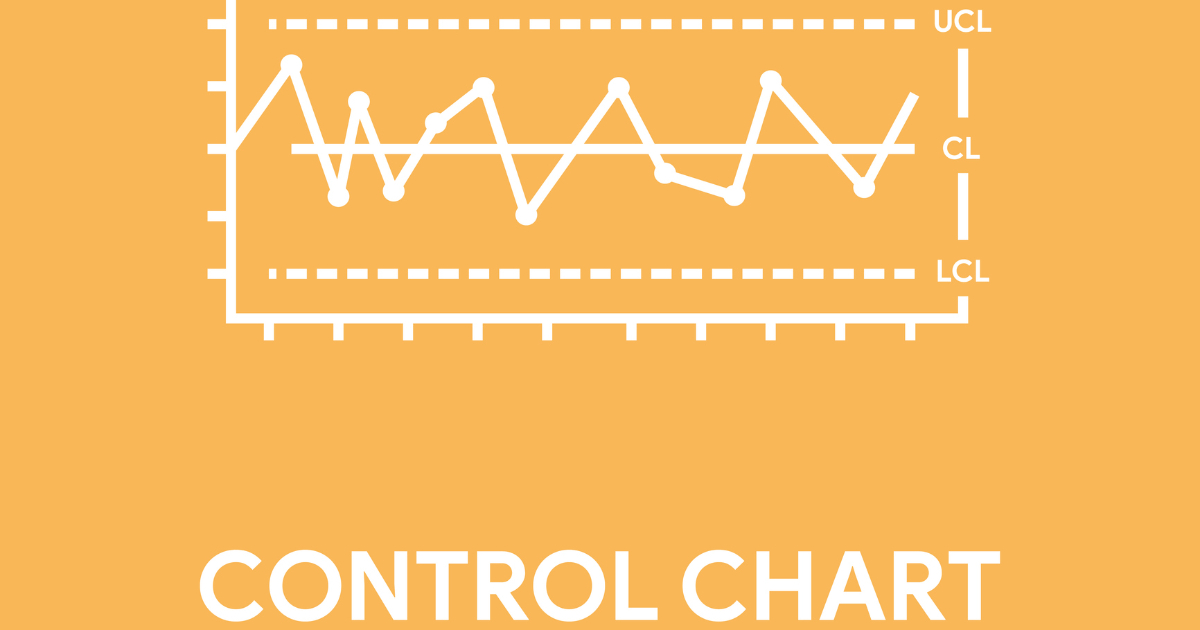Codetown
Codetown ::: a software developer's community
Are you interested in learning about graph databases? The folks at Neo4J published a book and it's free! Here's a link to the download page: http://graphdatabases.com/
Tags:
Replies to This Discussion
-
Permalink Reply by Juan Rolando Reza on March 16, 2015 at 4:45pm
-
Database representation of graph-structured information is fascinating in its own right.
I have been studying genomics technology in which graphs play a big role, both as information-structure that is the basis of certain algorithms, as well as the data driving visualizations or visually-interesting real-world structures.
As an example, here is a visualization of a protein complex that catches the eye.
See http://en.wikipedia.org/wiki/FOXP2#/media/File:Protein_FOXP2_PDB_2a...
The image is a Richardson diagram which is (mostly) automatically generated from a database describing the molecular structure of the protein. This type of diagram was invented (i.e. originally hand-drawn) by Jane Richardson, PhD.
I wonder if the book "Graph Databases" touches on this.
Presently, I am doing a research study on a particular feature of the epigenome. It involves large DNA databases (actually, structured flat files), elaborate algorithms for sequence correlation, and histone complexes. Each of these involves graph-theoretic representations and inference functions from graph structures.
The "databases" I know for DNA, the transcriptome, pathways, etc. do not lend themselves to conventional SQL, or even noSQL as far as I know to date. (Chime in anyone? )
I will be presenting a paper at the IEEE SouthCon conference in April 2015 which touches on a graph-theoretic feature of certain (sequencing) problems lending itself to massively-parallel-ization of linearly-expressable algorithms.
I am pleased to see a free book on graph databases. Thanks!
-
Notes
Welcome to Codetown!
 Codetown is a social network. It's got blogs, forums, groups, personal pages and more! You might think of Codetown as a funky camper van with lots of compartments for your stuff and a great multimedia system, too! Best of all, Codetown has room for all of your friends.
Codetown is a social network. It's got blogs, forums, groups, personal pages and more! You might think of Codetown as a funky camper van with lots of compartments for your stuff and a great multimedia system, too! Best of all, Codetown has room for all of your friends.
Created by Michael Levin Dec 18, 2008 at 6:56pm. Last updated by Michael Levin May 4, 2018.
Looking for Jobs or Staff?
Check out the Codetown Jobs group.
InfoQ Reading List
SIMA 2 Uses Gemini and Self-Improvement to Generalize Across Unseen 3D and Photorealistic Worlds

Google DeepMind researchers introduced SIMA 2 (Scalable Instructable Multiworld Agent), a generalist agent built on the Gemini foundation model that can understand and act across multiple 3D virtual game environments. The SIMA 2 architecture uses a Gemini Flash-Lite model trained on a mixture of gameplay and Gemini pretraining data.
By Vinod GojeArticle: Stop Guessing, Start Improving: Using DORA Metrics and Process Behavior Charts

Delivery performance rarely changes in a straight line. Small degradations caused by tooling, environment instability, or team changes can accumulate quietly, while real improvements take time to emerge. This article shows how combining DORA metrics with Process Behavior Charts helps teams zoom out, detect meaningful shifts early, and validate improvement hypotheses.
By Egor SavochkinSharePoint Framework 1.22 Ships with Heft-Based Build Toolchain and Refreshed Project Baseline

Microsoft has announced the general availability of SharePoint Framework (SPFx) version 1.22, a release centered on modernising the build and tooling experience for SPFx developers. This shift marks a foundational update to how SPFx solutions are built, aimed at addressing technical debt, improving extensibility, and aligning with broader Microsoft toolchain standards.
By Edin KapićMichelin Drives Pragmatic Path to AIOps Without a Grand Vision

Michelin's China operations group have written about how they implemented an AIOps platform. It details the missteps and organisational resistance that were overcome on the way to eventual alignment with their global IT governance, and explains how enterprises can move past vendor pitches to get to a practical deployment.
By Matt SaundersHow Developers in Southeast Asia and India Are Really Using AI in 2025

Agoda’s AI Developer Report 2025 shows that AI has become a mainstream tool for developers in Southeast Asia and India, delivering real productivity gains while raising new questions about reliability, skills, and organisational readiness. Currently, it's more of a bottom-up initiative than an enterprise-orchestrated program, where developers are learning from each other or online.
By Olimpiu Pop
© 2025 Created by Michael Levin.
Powered by
![]()